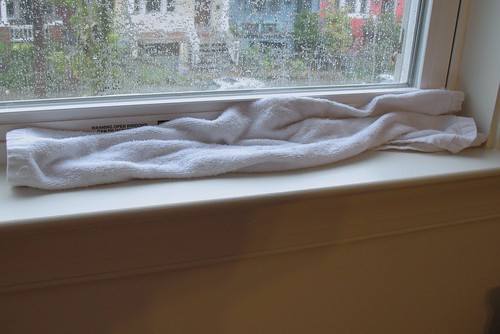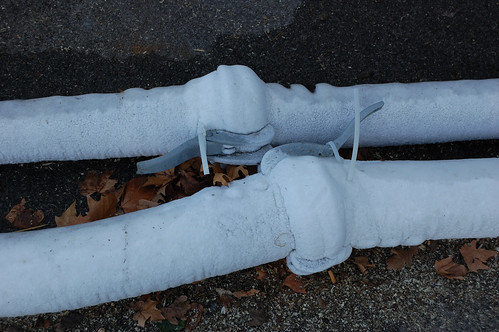7 Tips for Avoiding and Fixing Water Damage
Both businesses owners and homeowners need to be wary of potential water damage. Water damage can result from a number of different issues, such as faulty pipes, leaking roofs and even natural disasters such as flooding, hurricanes or even thunderstorms. Water damage can range from causing minimal damage to one’s business or home to major damage that can result in the destruction of furniture and possessions, the spread of mold and mildew, rot and more, all of which can cost thousands of dollars. Many of these issues can be prevented by hiring a water leak detection service. The following are seven tips that homeowners and business owners should follow in order to either avoid potential water damage or to fix water damage.
- Repair Windows – The best way to tell if there is a window leak is if there is a water stain around the window or near the bottom of the window’s exterior. If water stains are spotted, the window should be replaced and the damaged area should be repaired. Water damage around this area can lead to rot, mold or mildew spreading through the wood in and around the window. In order to make sure that the windows will resist any potential water leaks, the caulk, weatherstripping, window seals and glazing should be inspected. Repairing these elements can prevent the costly price of replacing the entire window. Be sure to check for any damaged or missing screws and fasteners that need to be replaced.

- Repair Roof – The roof is the first line of defense against the elements, which means that a roof in poor shape will be much more prone to leaking when it rains. Have the roof, vents, chimneys, air conditioners, evaporative coolers and flues inspected to make sure that they’re properly installed and that there’s no corrosion or deterioration in the structure of the roof. Additionally, all gutters and downspouts should be cleaned on a regular basis. Blocked gutters can lead to the buildup of water, which will damage the roof if it simply sits there – eventually leaking into the home itself.
- Look for Signs Inside – Look for signs of water damage inside the building. This can be done by checking for structural problems, such as spongy beams or rafters. Be on the lookout for mold and mildew as well, which are not only visible to the eye but can often be smelled as well. Leaving these issues unattended can eventually lead to thousands of dollars worth of repair costs, so it’s best to take care of them immediately.
- Check Old Appliances – Make sure there are no leaks in any of the appliances in the building, such as water heaters, washing machines, toilets, sinks and more. Be sure to check hoses and connections for possible cracks or other damages. A small leak may not seem like it can cause much damage, but if the leak can lead to the loss of hundreds of gallons if unattended, which will most certainly cause water damage.
- Have Plumbing Inspected – Any clogs or stoppages in the building’s plumbing system can lead to appliances such as sinks, washers and toilets overflowing. All pipes should be insulated as well. This will help prevent the pipes from bursting during colder weather, which can cause severe water damage in the building. A water leak detection service should be contacted to check for leaks on a semi-regular basis.

- Safely Dealing with Water Damage – The first thing that needs to be done is to make sure the power in the building is turned off. All the water damage should then be documented by camera. Additional damage should then be prevented by having temporary repairs done to the windows and roof. All windows should be opened up to allow fresh air to cycle through the building. Anyone walking through the building should be wary of any odors, as these can be signs of health hazards. Check ceilings for major water damage – it may not be safe to walk beneath them.
- Repairing Water Damaged Buildings – A number of things will have to be done depending on the damage that was caused. Attic insulation will have to be removed if wet. Any items in the attic should be removed to prevent additional stress on the ceilings if they are damaged by water. Plaster walls damaged by rainwater can be saved since they can dry out more easily than sheetrock. If sheetrock has been exposed to water for more than a few hours, it may be beyond repair. All wet furniture and carpets should be removed from the building to help remove the moisture these items contain.
A water leak detection service will be able to help prevent potential water damage to any building in the Seattle area.
Image Credit: Mr. T. in D.C., Cha Gia Jose


